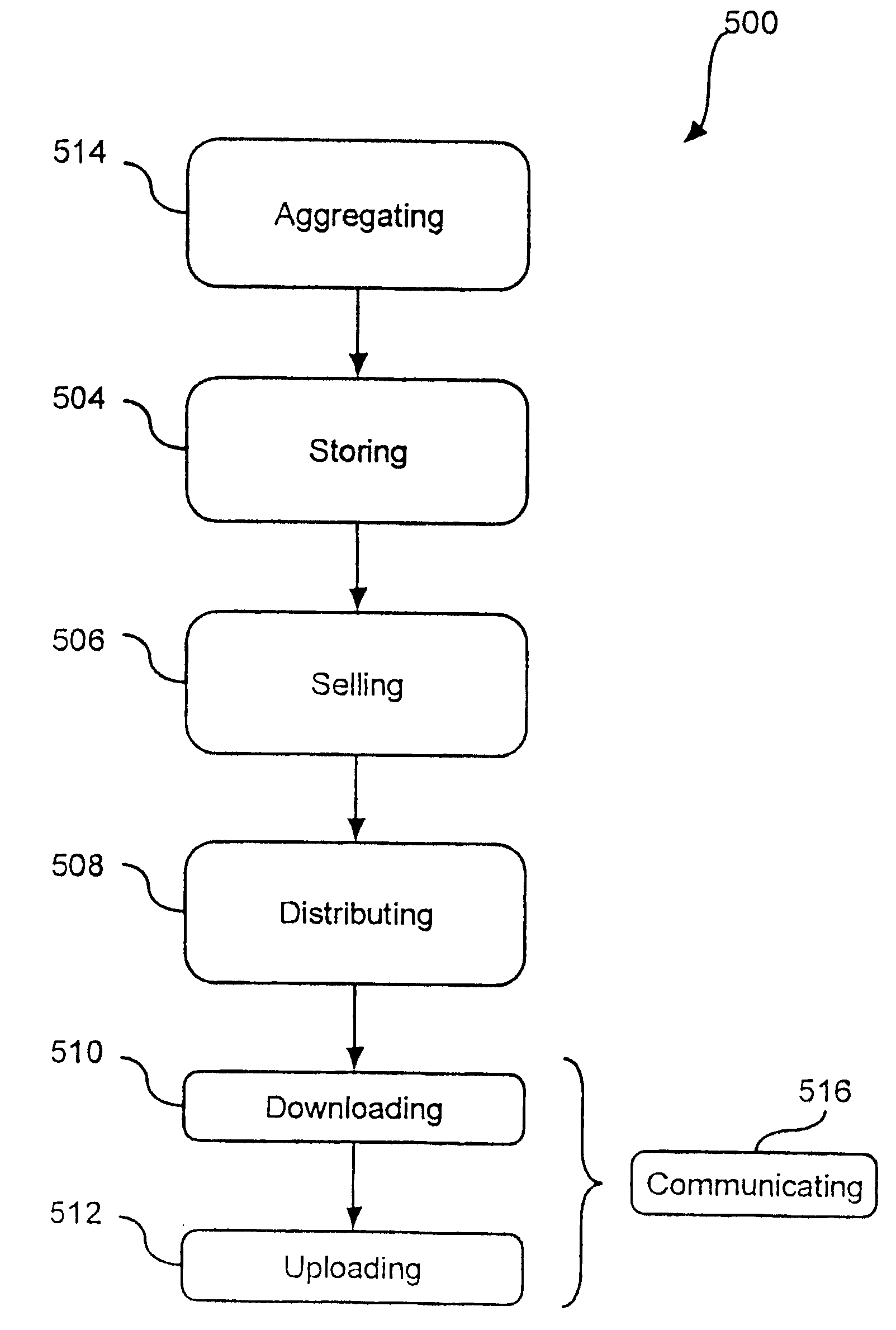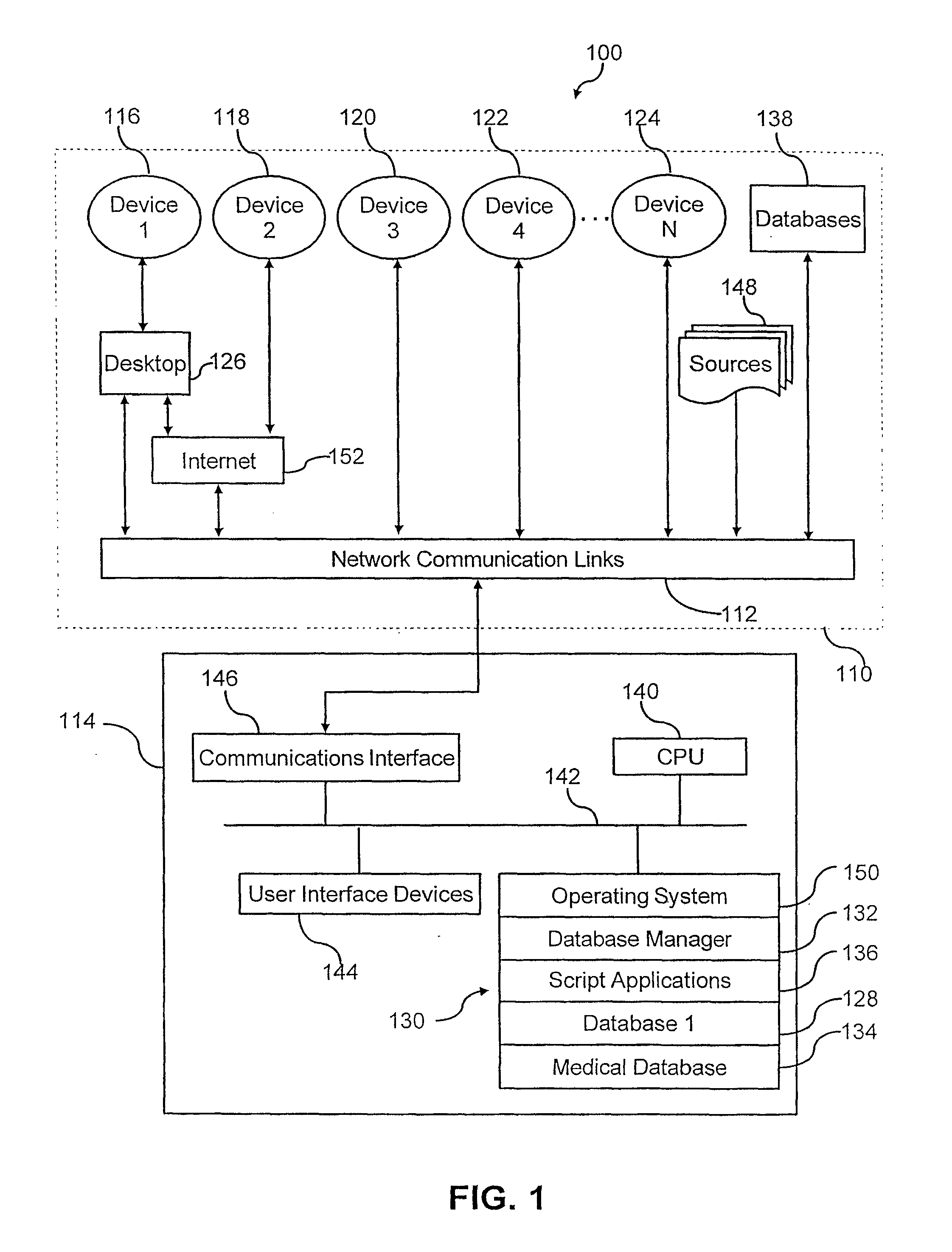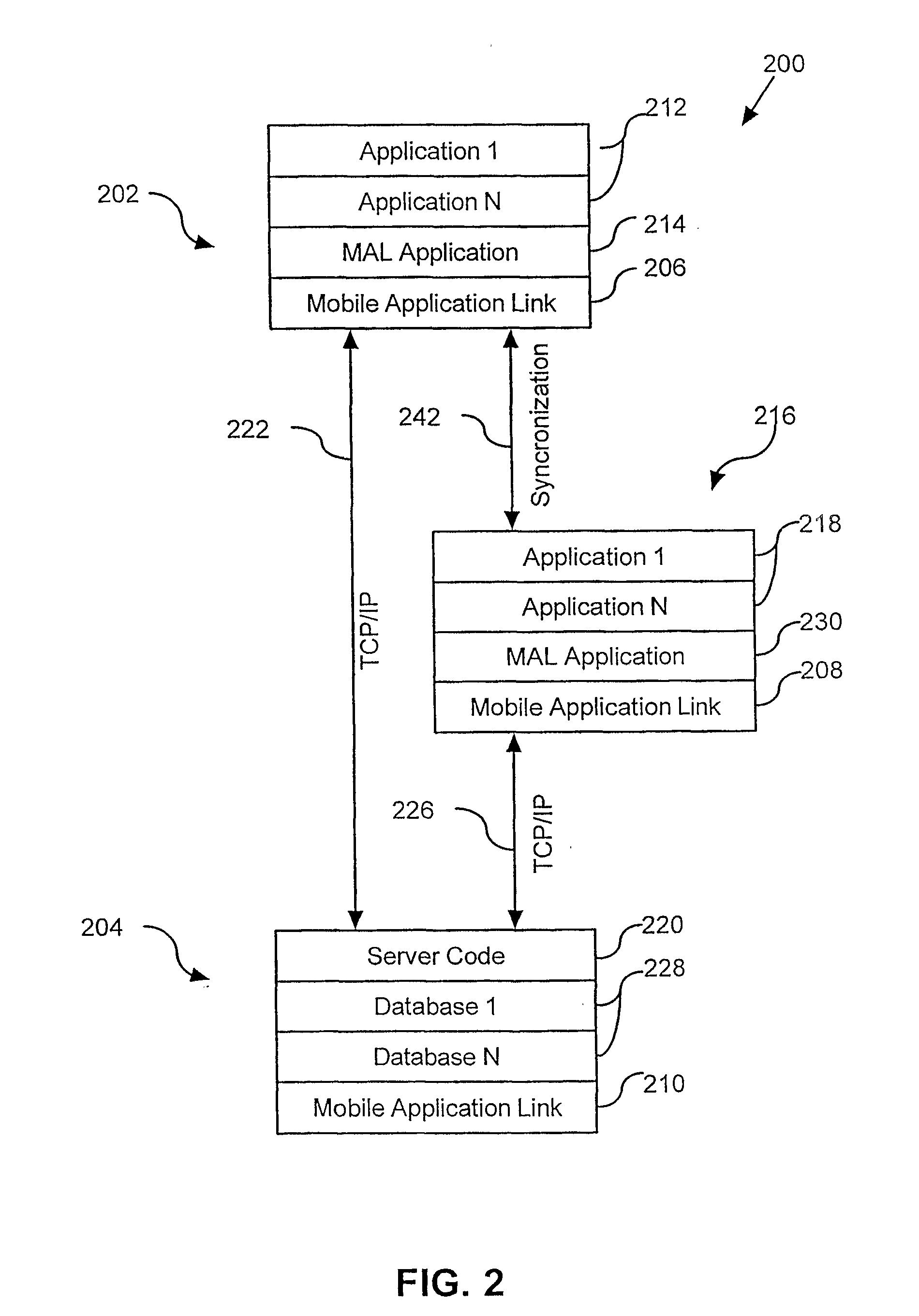Despite the growth of the health care sector in general and the HIS industry in particular, an
information system infrastructure which satisfies the needs and wants of physicians has not yet been developed.
Numerous problems exist with today's health care information systems.
Many health plans revise their
formulary lists frequently, resulting in changes that the patient and his or her physician may not be aware of.
Patients often learn of the change only when their
pharmacist informs them, or when they collect their prescription medication and notice a difference, which leaves insufficient time to appeal the change.
Despite the above, physicians typically have a low compliance with these formularies.
This process can be
time consuming, requiring the patient to either wait in the
pharmacy or return at a later time.
Mailing the binders and using detail forces are costly.
Rejecting prescriptions at the
pharmacy level generates significant animosity among the physician
community and does little to encourage higher compliance with the formularies.
Prescribing off-
formulary medication and the lack of communication between PBM's and physicians results in higher transaction costs for the patient.
Furthermore, patients referred to specialists by physicians, can often only see specialists specific to their particular health plan.
Physicians typically have difficulty in determining which specialists are on a particular health plan, particularly specialists in the patients' geographical area.
Unfortunately not all types of procedures can be listed, which leads to the physician checking a box which is closest to the completed procedure.
This leads to inaccuracies and
non compliance with the specific health plans rules.
There are typically vast amounts of clinical protocols contained in books which the physician does not always have the time to consult.
Moreover, they are subject to an ever-increasing number of rules which require a significant amount of time to comply with.
It is simply impossible for the physician to remember which medications are on which plans.
In the latter
scenario, there is a significant chance that the medication will be off-formulary and his office will receive a call from the
pharmacy.
If the physician's compliance rate is low enough and he operates under a
risk sharing contract with the insurance company for pharmaceutical costs, failure to comply can actually carry a direct financial penalty.
The problem of complying with formularies has grown worse in recent years due to the proliferation of contracted health plans and the fact that formularies are becoming increasingly restrictive.
This problem is well-known and ranges from missing charts to inaccessible lab reports and unknown medical records.
The results are increased incidence of
disease and mortality, higher costs, and wasted resources.
A problem encountered has been getting the physician, the key decision-maker, to use such technologies.
When this data is missing or inadequate, treatment is impaired.
The
impact, which depends on the nature of the information and the condition of the patient, can for example include: patients suffering complications, including death, from contraindicated medications; doctors spending significant time looking for information and making inappropriate clinical decisions when on call; and insurers incurring the cost of extra nights of expensive hospitalization due to “missing” lab results.
The applications developed for physicians to date have been excessively ambitious, requiring the doctor to change his or her practice patterns to conform to new technology.
Such applications have also been cumbersome, inefficient, and rigid, slowing the physician down at a time when he or she is being forced to see more patients per hour.
This fails to recognize that physicians are not
desk-bound and do not have
wireless systems in their offices.
The inadequacies of these applications and their hardware platforms has restricted their use by physicians which, in turn, has prevented the
population of clinical databases which could be used for
clinical decision support.
Access to electronic databases containing
medical information has typically been a complicated process at an added expense to the physician, a cost which is ultimately passed on to the patient.
Furthermore, physicians have typically not obtained much training in the areas of business and
practice management.
The result is that pharmaceutical companies operate with large gross margins and therefore any incremental sale affects their profits.
The result is an intense pressure to increase sales and to capture market share.
Consequently, pharmaceutical companies spend an inordinate amount of money trying to influence the behavior of physicians.
The problem for pharmaceutical companies is that their sales forces are not able to spend as much time with the high-value, top percentage of physicians as they would like; instead they visit less valuable physicians who have fewer pharmaceutical company representatives calling on them and more time to spend with each.
Furthermore, insurance companies create a barrier for the pharmaceutical companies through their formularies.
These lists of approved medications are extremely difficult to memorize.
In addition, pharmaceutical companies typically also have a poor and ineffective Internet presence which does not attract physicians to their Web sites to, for example, familiarize themselves with current developments.
Development of new drugs is a long and complex process.
CROs often have difficulty acquiring principal investigators (Medical Doctors) to undertake clinical trials of new drugs on their patients for Phases I to IV.
Furthermore Contract Research Organizations may have difficulty enrolling patients into their clinical trials.
These organizations typically do not have a means of communicating with physicians to, for example, inform them of changes in the industry.
Managed Care Organizations also have difficulty enforcing compliance with their rules and regulations.
Physicians are particularly influential, even though they do not use these applications as much as others, and applications supplied to physicians are currently not widespread.
There is no current effective means for supplying these applications directly to physicians on a wide scale basis.
Typically however such sites experience low
Web traffic with physicians.
Studies have shown that non-medical Web sites also experience low
Web traffic with valuable physicians.
However, any gifts accepted by physicians individually should primarily entail a benefit to patients and should not be of substantial value.
Furthermore, no gifts should be accepted if there are strings attached.
Therefore gifts which influence a physician's prescribing practices may be unethical.
 Login to View More
Login to View More  Login to View More
Login to View More 


